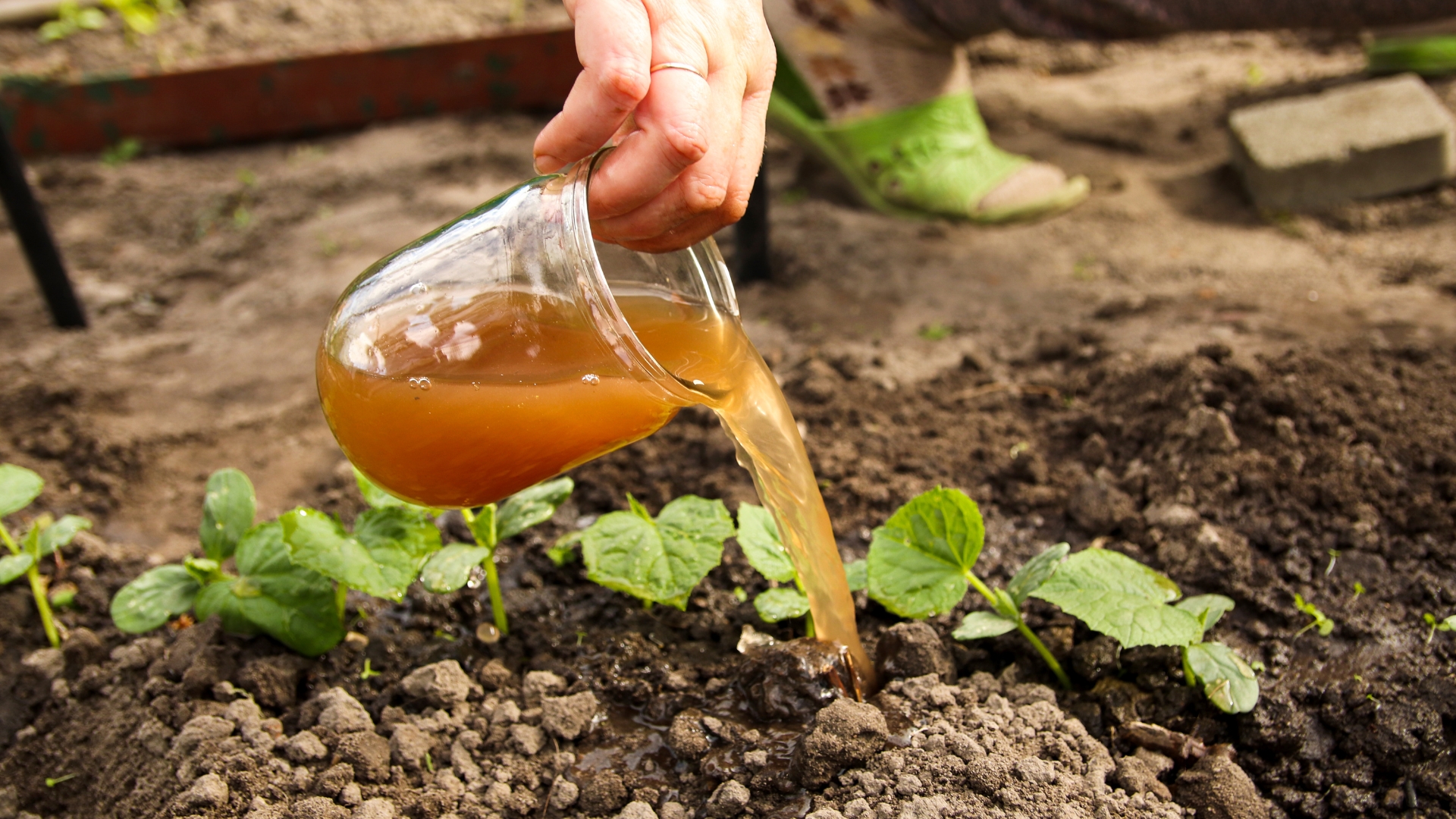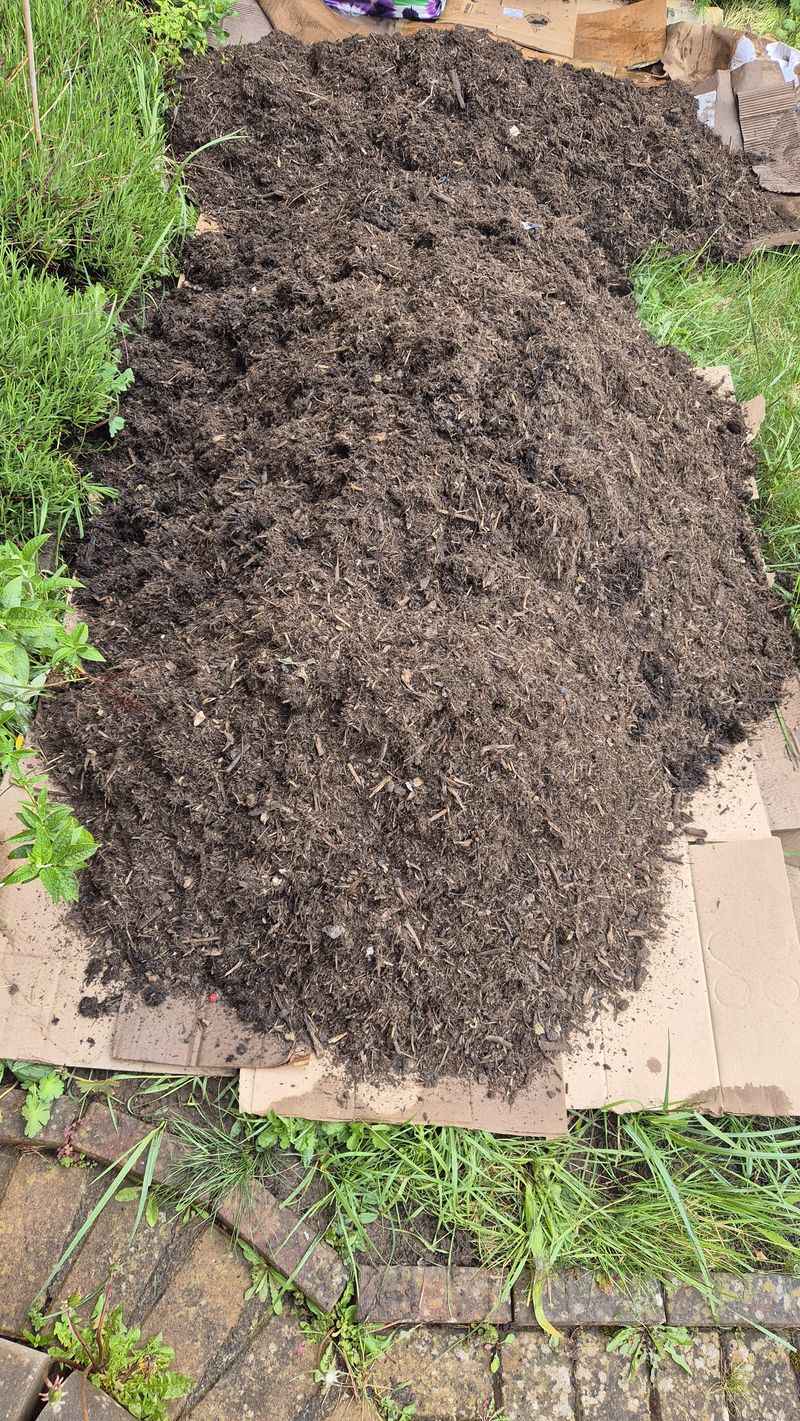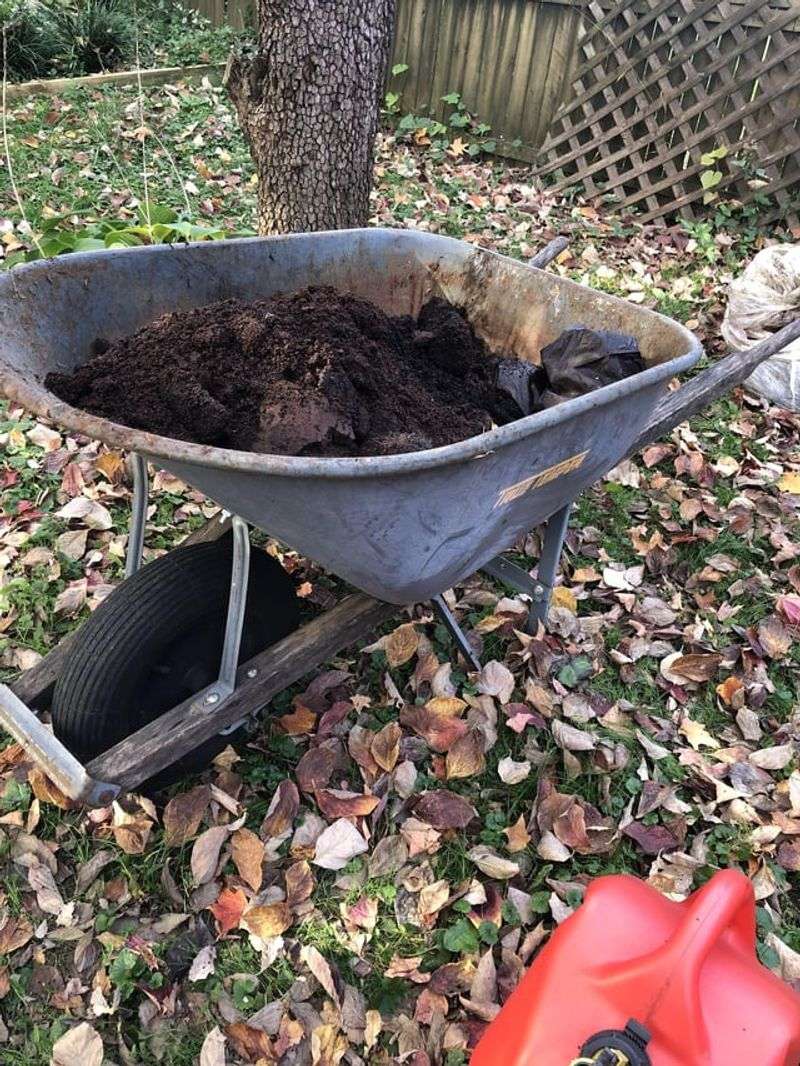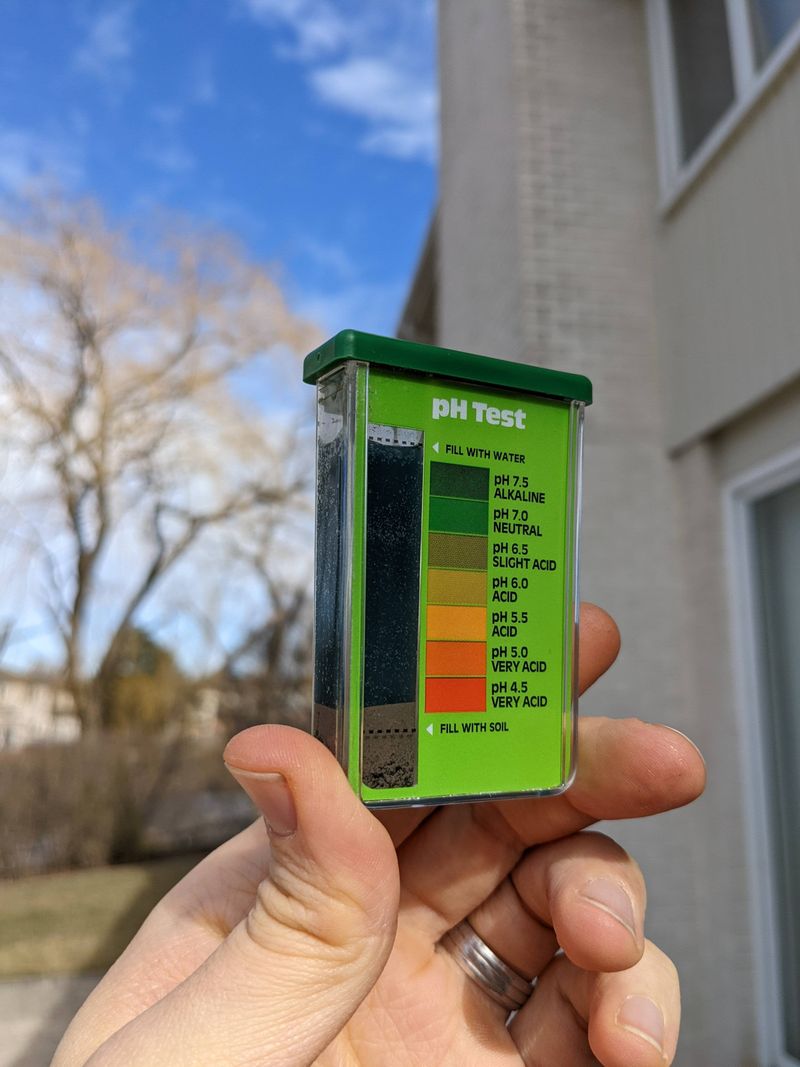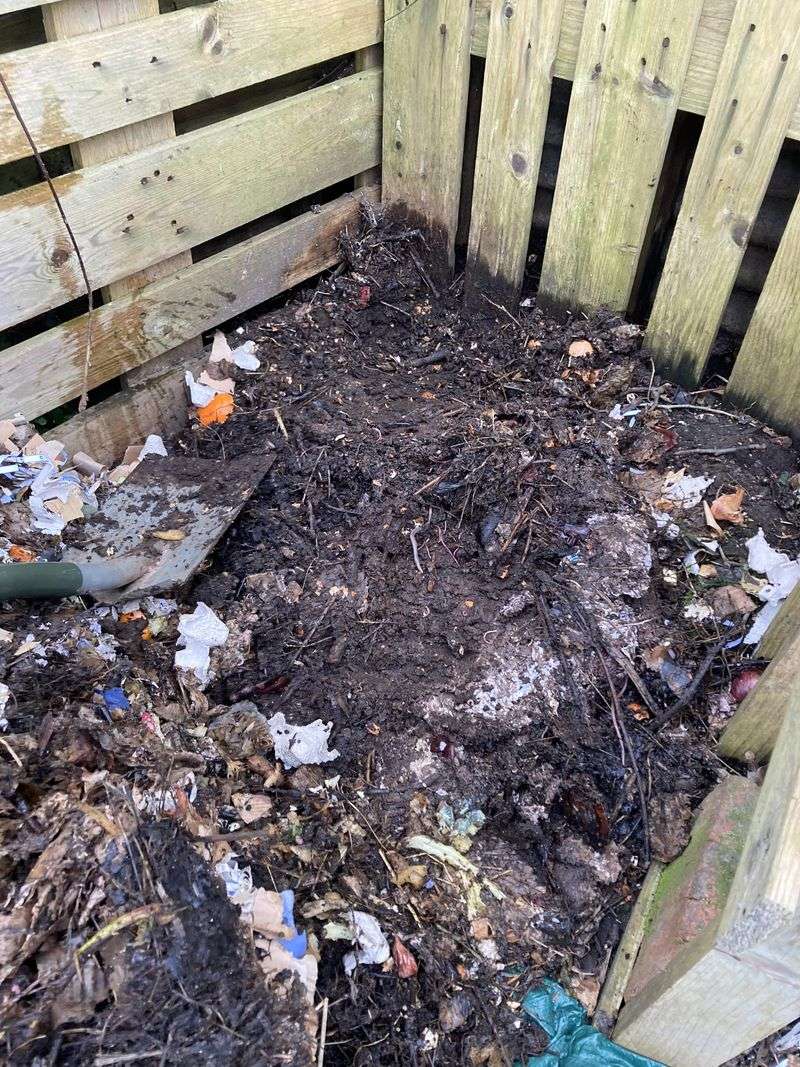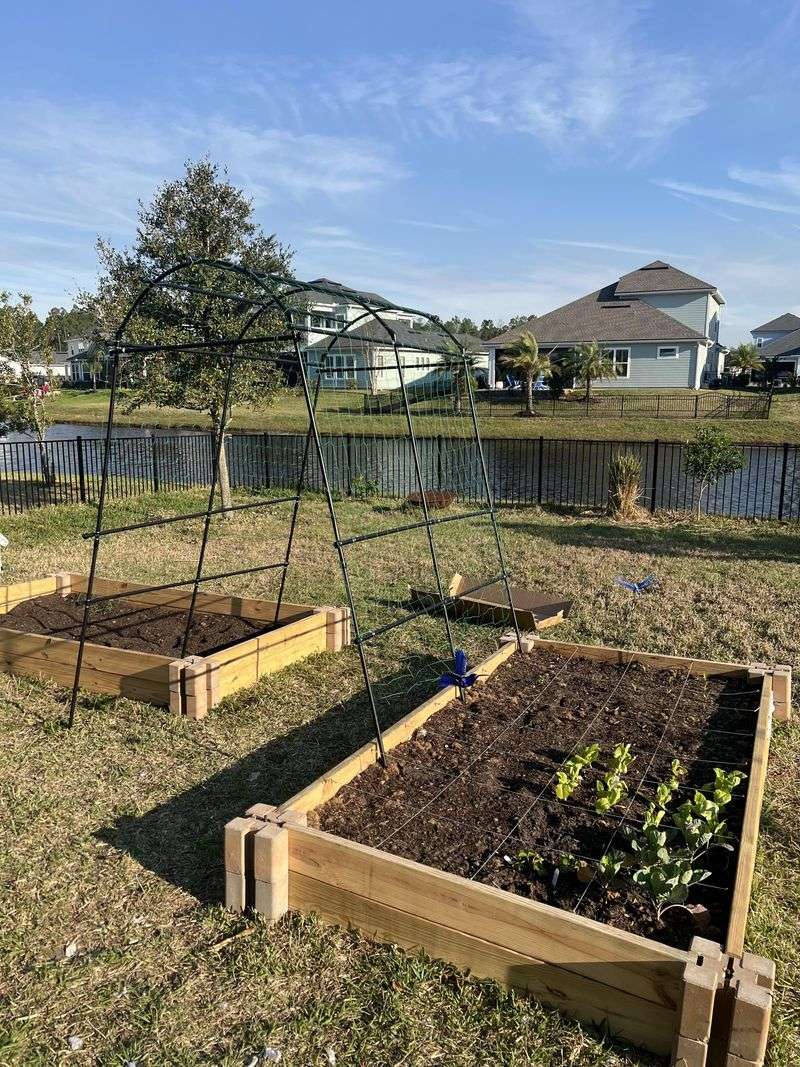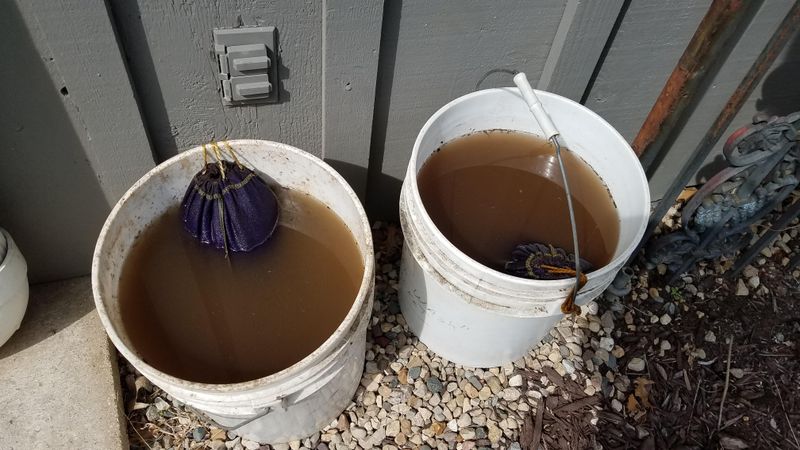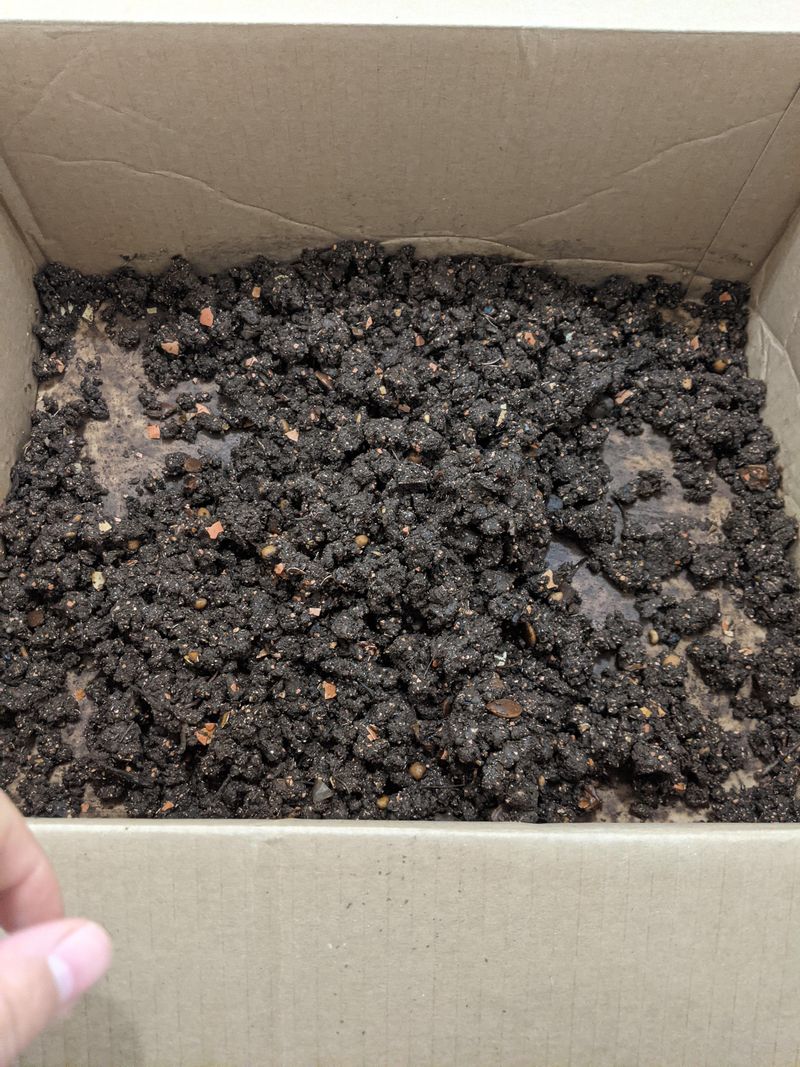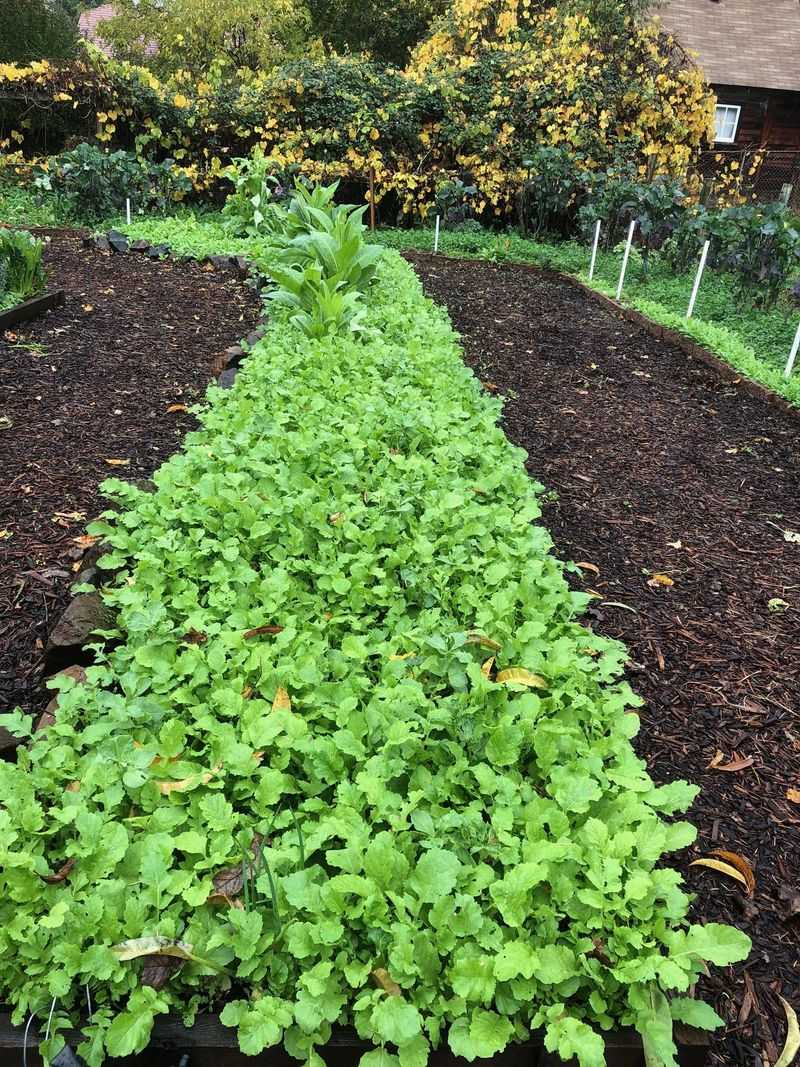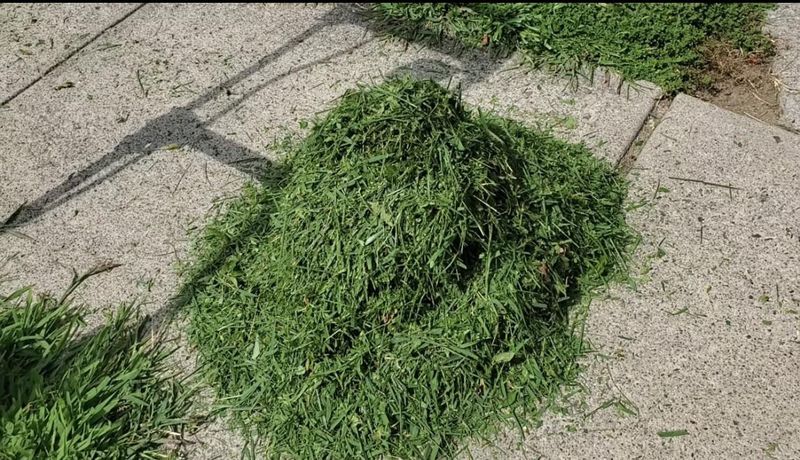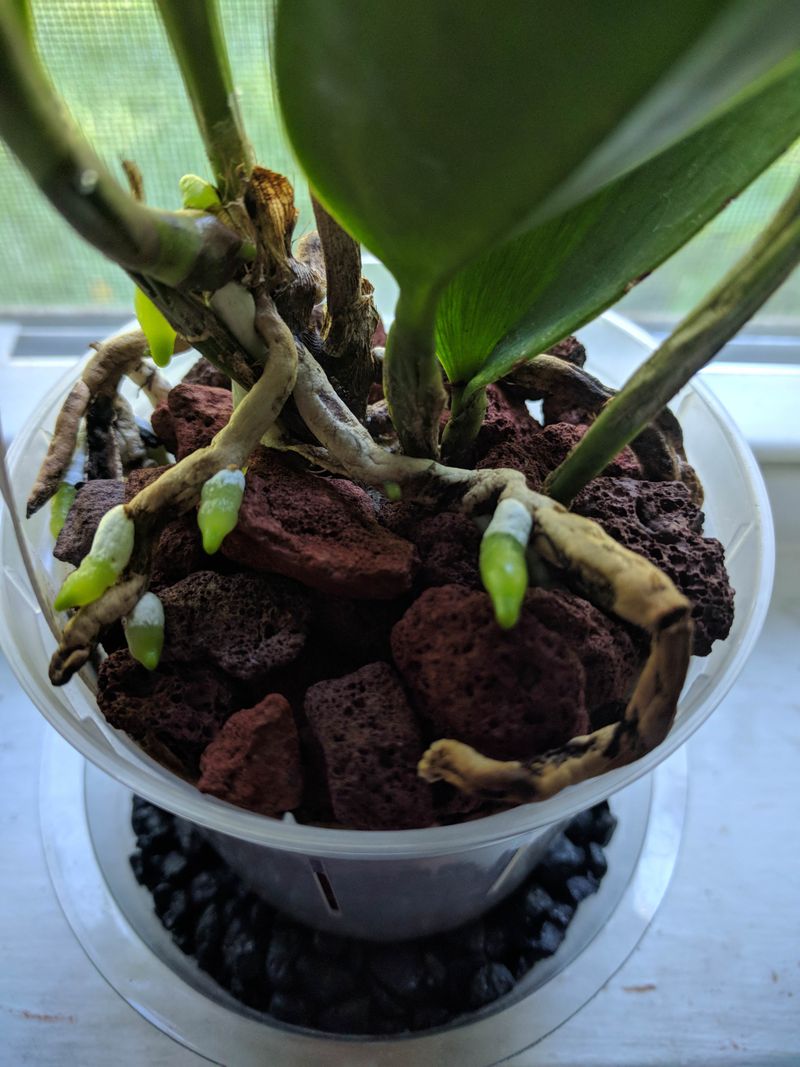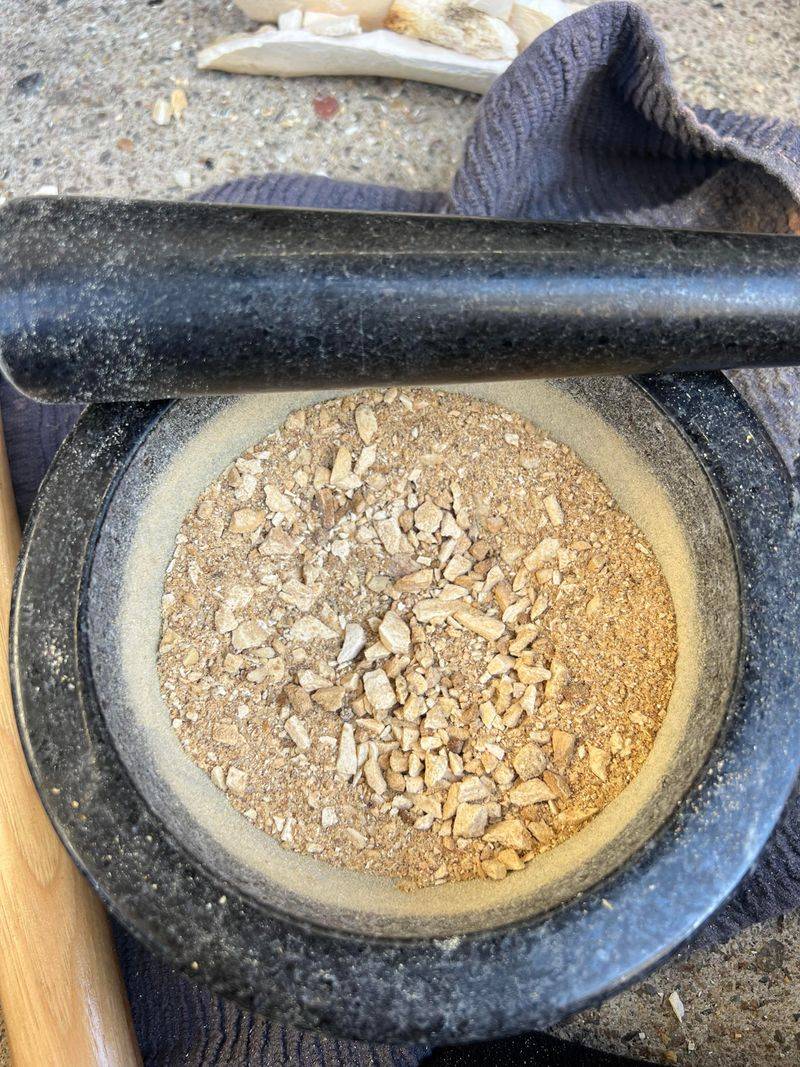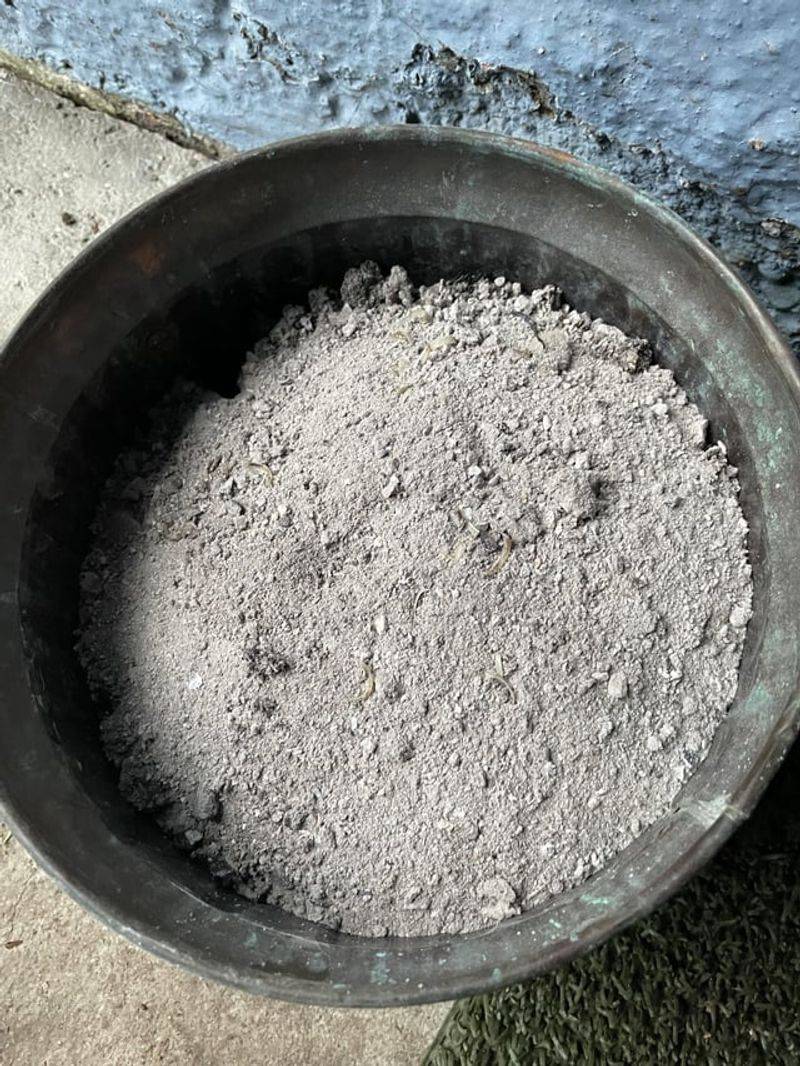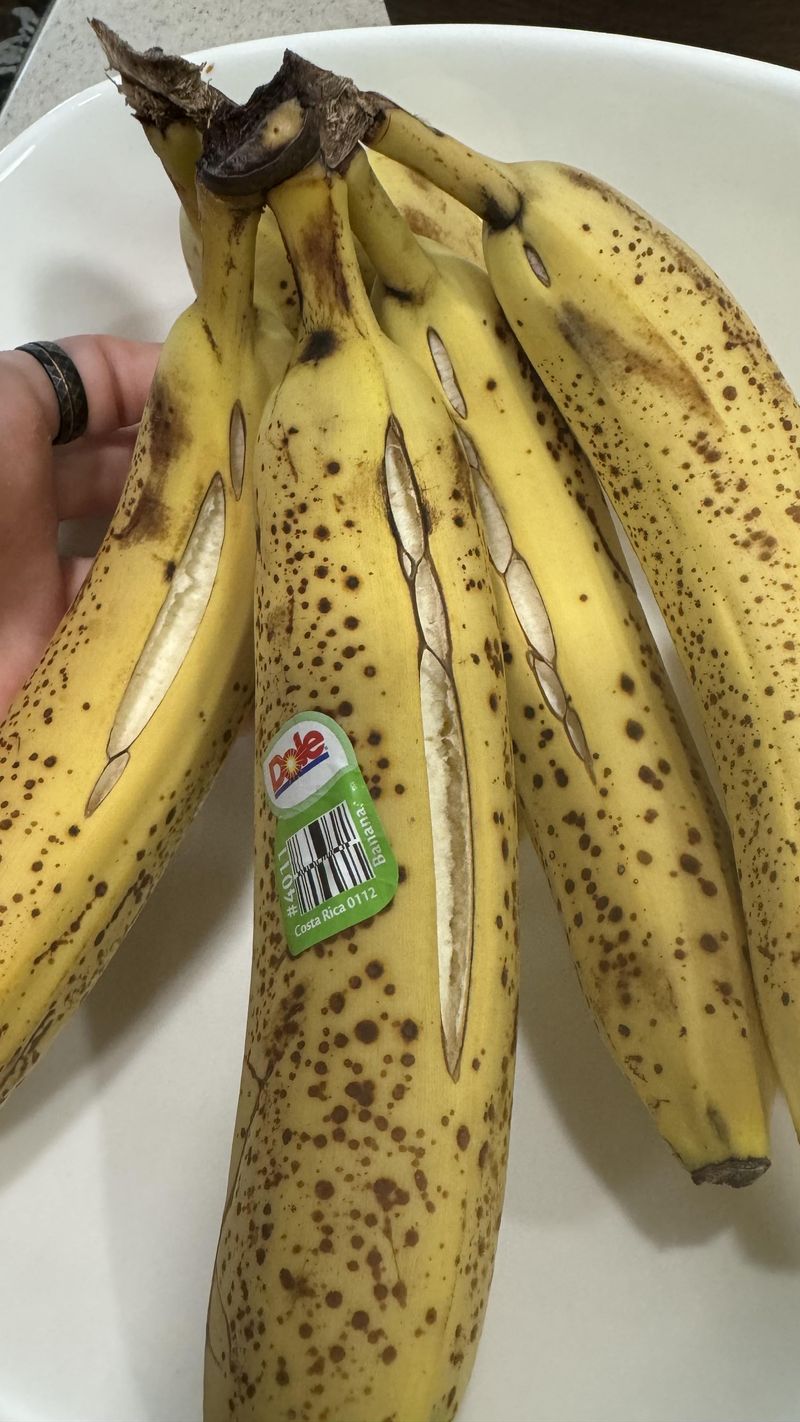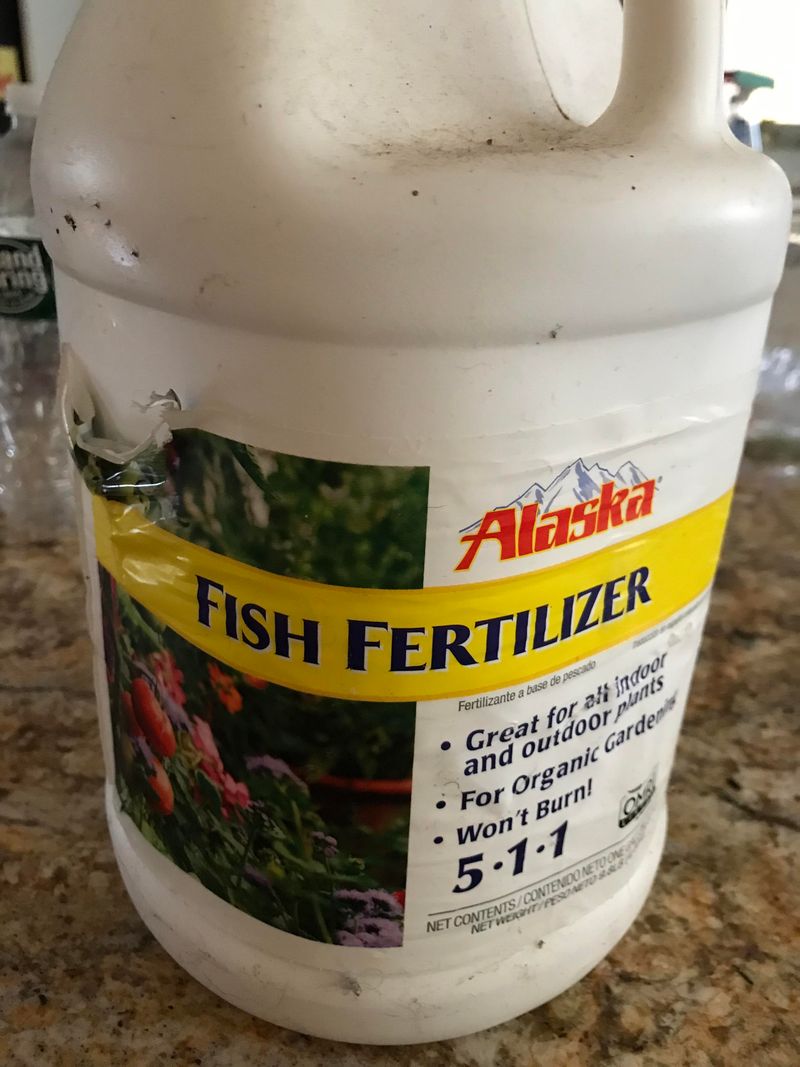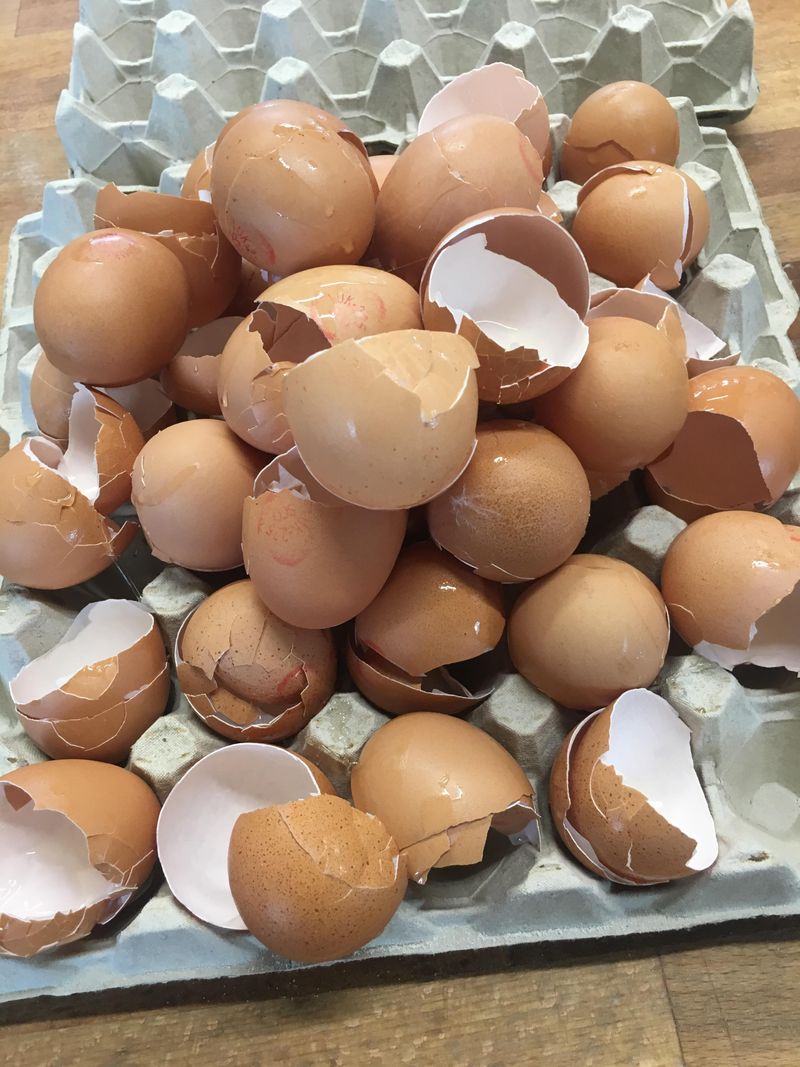Organic fertilizers sound foolproof—until your plants start looking confused instead of lush. I’ve made a few of these common mistakes myself, and let’s just say, the compost wasn’t the problem.
These 5 slip-ups can slow down your garden big time, but the good news? There are 11 natural options that work way better and won’t leave you guessing.
Let’s get your soil (and your plants) back on the right track.
1. Applying Raw Manure Directly
Fresh animal manure can burn plants with its high nitrogen content and potentially introduce harmful pathogens into your garden. The ammonia compounds in raw manure can damage tender roots and even kill seedlings outright.
Always compost manure for at least six months before application. This aging process neutralizes the harmful compounds while preserving the beneficial nutrients your plants crave. For food gardens, wait at least 120 days between application and harvest for added safety.
2. Over-Relying on Coffee Grounds
Coffee grounds have gained popularity as a garden amendment, but using them exclusively can create acidic soil conditions that many plants can’t tolerate. Their fine texture also compacts when wet, potentially creating a barrier that prevents water absorption.
Mix coffee grounds with other compost materials at a ratio of no more than 20% of your total compost volume. They work best when incorporated into soil rather than as a surface mulch, and pair wonderfully with calcium-rich amendments like crushed eggshells.
3. Ignoring Soil pH When Fertilizing
Many gardeners apply organic fertilizers without knowing their soil’s pH level, which can render nutrients unavailable to plants regardless of how much fertilizer you add. When pH is too high or too low, plants can’t access essential minerals even when they’re present in the soil.
Test your soil annually with an inexpensive kit from your garden center. Most vegetables and flowers prefer a slightly acidic soil between 6.0-7.0. Adjust accordingly with lime to raise pH or sulfur to lower it before applying your organic fertilizers.
4. Using Uncomposted Kitchen Scraps
Tossing fresh kitchen scraps directly into garden soil seems eco-friendly but often attracts pests and creates odor problems. Fresh organic matter can tie up nitrogen temporarily as it breaks down, actually starving plants in the short term.
Compost kitchen waste thoroughly before adding it to your garden. The decomposition process neutralizes seeds, kills pathogens, and converts nutrients into forms plants can readily use. A proper compost pile should reach internal temperatures of 130-150°F to work effectively.
5. Applying at the Wrong Time
Even the best organic fertilizers fail when applied during inappropriate growing stages or weather conditions. Hot summer days can cause fertilizer to burn plants, while applications during dormant seasons often wash away before plants can benefit.
Apply slow-release organic fertilizers in early spring as soil warms and plants enter active growth. For established plants, fertilize after the first flush of growth. Always water thoroughly after application, and never fertilize during drought stress when plants can’t properly absorb nutrients.
6. Compost Tea
Compost tea delivers beneficial microorganisms directly to your plants through a liquid extract of finished compost. The brewing process multiplies microbes that help suppress disease and convert nutrients into plant-available forms.
Make your own by steeping one part finished compost in five parts water for 24-48 hours, stirring occasionally. Add a tablespoon of unsulfured molasses to feed beneficial bacteria. Apply as a soil drench or foliar spray every two weeks during the growing season for noticeably healthier plants.
7. Worm Castings
Worm castings are nature’s perfect plant food – packed with nutrients, beneficial microbes, and natural plant growth hormones. Unlike harsh fertilizers, they won’t burn plants even when applied generously, making them ideal for seedlings and sensitive plants.
Incorporate 1-2 cups into planting holes for new transplants or spread a ¼-inch layer around established plants as a top dressing. For houseplants, mix castings into potting soil at about 20% by volume for dramatic results without the odor of other organic options.
8. Cover Crops
Cover crops like clover, vetch, and winter rye build soil fertility while protecting it from erosion. Legume varieties actually create their own nitrogen through a symbiotic relationship with soil bacteria, adding this essential nutrient directly to your garden.
Plant cover crops in fall after harvest or in sections of garden resting between plantings. Cut them down before they set seed and either till under or use as mulch. Allow two weeks between incorporating cover crops and planting new vegetables for best results.
9. Grass Clippings
Grass clippings offer a free, nitrogen-rich fertilizer that’s likely already in your yard. Fresh clippings contain about 4% nitrogen, making them comparable to many commercial organic fertilizers without the cost.
Apply a thin layer (no more than ½ inch) of dried clippings as mulch around plants, being careful not to pile against stems. Only use clippings from lawns that haven’t been treated with herbicides or pesticides. For best results, mix with brown materials like leaves to prevent matting.
10. Seaweed Extract
Seaweed contains over 60 trace minerals and growth-promoting hormones that stimulate root development and increase stress resistance in plants. Unlike many fertilizers, seaweed delivers micronutrients often missing from depleted soils.
Apply liquid seaweed extract every 2-3 weeks during the growing season, diluted according to package directions. For an economical approach, collect seaweed from beaches (where legal), rinse thoroughly, and soak in water for a homemade version. Your plants will respond with vigorous growth and improved disease resistance.
11. Bone Meal
Bone meal provides a slow-release source of phosphorus and calcium, essential for root development and flower production. This makes it particularly valuable for bulbs, flowering plants, and fruit-bearing vegetables like tomatoes and peppers.
Work about 1 cup per 10 square feet into the soil before planting or side-dress established plants by gently incorporating into the top few inches of soil. The nutrients release slowly over several months, providing long-lasting support for plant development without the risk of nutrient runoff.
12. Wood Ash
Wood ash from your fireplace or fire pit contains potassium, calcium, and other minerals that flowering and fruiting plants love. It also helps neutralize acidic soils, making it perfect for vegetables like tomatoes and peppers that suffer in overly acidic conditions.
Apply no more than 5 pounds per 100 square feet annually, and never around acid-loving plants like blueberries or azaleas. Always use only untreated, clean wood ash – never from charcoal briquettes or painted wood. Test soil pH first, as ash can raise pH significantly.
13. Banana Peels
Banana peels deliver potassium that promotes flowering and fruiting while strengthening plants’ immune systems. Their soft texture means they break down quickly compared to other kitchen scraps, releasing nutrients faster.
Chop fresh peels into small pieces and bury them 1-2 inches deep around plants, or dry and grind them into a powder for easier application. For roses and tomatoes, place a whole peel in the planting hole before transplanting. The slow decomposition feeds plants for weeks.
14. Fish Emulsion
Fish emulsion provides a quick nitrogen boost that plants can immediately access, making it perfect for correcting deficiencies during the growing season. The amino acids and micronutrients in fish emulsion support robust plant growth that synthetic fertilizers can’t match.
Dilute according to package directions and apply every 2-3 weeks during active growth. Apply in early morning or evening to prevent leaf burn, and water plants thoroughly afterward. The fishy smell disappears within a day, leaving plants noticeably greener within days.
15. Alfalfa Meal
Alfalfa meal contains triacontanol, a natural growth stimulant that increases plant metabolism and photosynthesis rates. This overlooked amendment also provides moderate amounts of nitrogen, phosphorus, and potassium in balanced ratios ideal for overall plant health.
Work 2-3 cups per 100 square feet into garden soil before planting, or brew it into a tea by steeping 1 cup in 5 gallons of water for 48 hours. The resulting solution makes an excellent foliar spray that boosts growth and helps plants recover from stress.
16. Eggshells
Eggshells provide calcium that prevents blossom end rot in tomatoes and strengthens cell walls in all plants. Their slow breakdown means they deliver nutrients gradually throughout the growing season.
Rinse shells thoroughly, dry completely, then grind into fine powder using a coffee grinder or mortar and pestle. Sprinkle ¼ cup around each plant, gently working into the top inch of soil. For transplants, place crushed shells in the planting hole to support strong root development.

